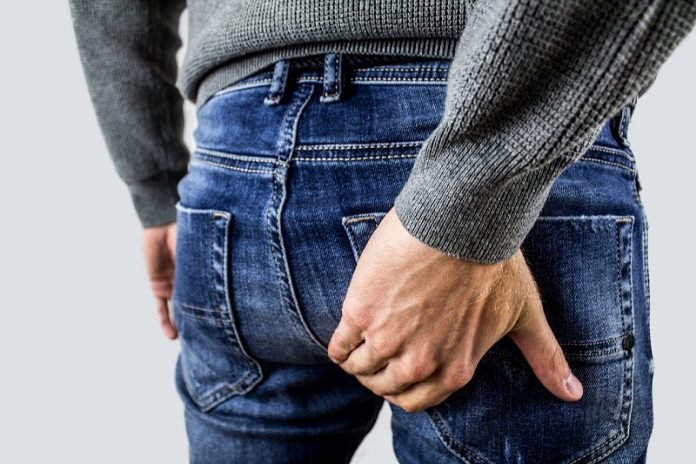
Many men may develop urinary problems when they get older.
Although the urinary problems can signal a bladder issue, sometimes they may be signs of a prostate problem.
According to Dr. Ziya Kirkali, a prostate disorder specialist at NIH, three prostate issues in older men may lead to urinary symptoms.
The prostate issues include an enlarged prostate (called BPH, or benign prostatic hyperplasia), inflammation (called prostatitis), and prostate cancer.
In older men, BPH is the most common prostate issue. Research has shown that almost 50% of men over 50 have lower urinary tract symptoms related to BPH.
The prostate is just below the bladder and surrounds the urethra. When it gets too large, it can narrow or block the urethra and make it hard to pass urine.
In extreme cases, BPH can lead to urinary tract infections, bladder stones, or kidney failure.
Currently, BPH can be treated with drugs or surgery.
The second common prostate issue is prostatitis. The condition is more common in men under age 50.
It can be caused by bacterial infections, and common symptoms include fever, chills, or body aches along with pain and urinary symptoms.
The condition can be treated with antibiotics.
If the cause is unknown, the condition can become chronic prostatitis or chronic pelvic pain syndrome. Treatment may include a combination of medicine, surgery, and lifestyle changes.
The third prostate issue is prostate cancer. Few men have symptoms of prostate cancer, but sometimes doctors can find precancerous cells in patients.
Research suggests that more than half of all men in the U.S. have some cancer cells in their prostate glands by the age of 80.
It may take 10, 20, or even 30 years before a prostate tumor gets big enough to cause symptoms.
Therefore, these tumors may never pose a problem or become a serious threat to health. It is important to talk to doctors to find the best treatment.
Copyright © 2019 Knowridge Science Report. All rights reserved.



